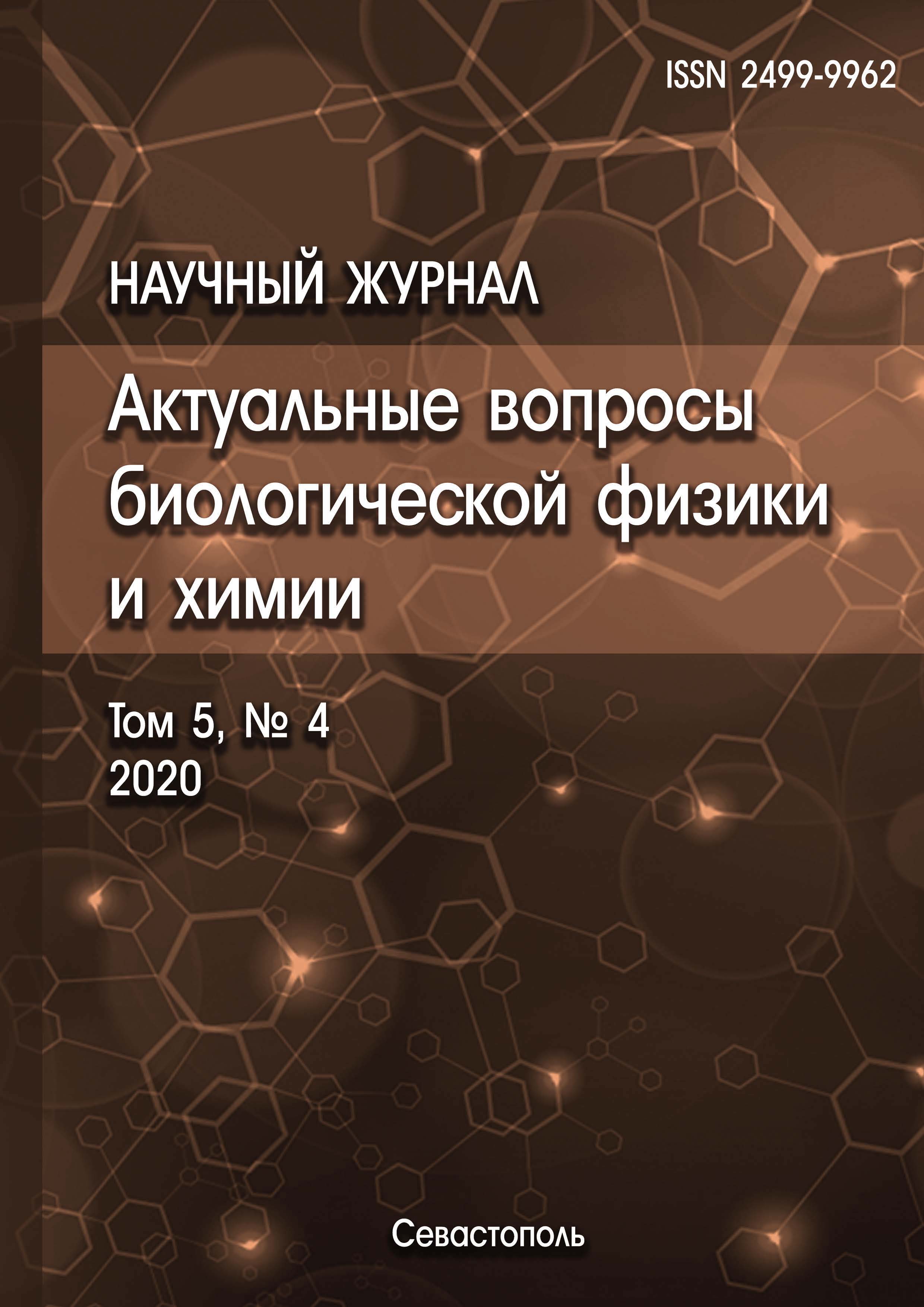It has been established that low-temperature luminous bacteria have specific emission and spectral characteristics. In vivo, all isolated strains produce intense bioluminescence (up to 105 quant/s. per cell) with luminescence maxima of about 478-480 nm with shoulders at 500-510 and 530-540 nm. The spectra were decomposed at different temperatures. The total spectrum is well decomposed into 3 components corresponding to luciferase, BFP and YFP emitters. The analysis of the temperature dependence of cell bioluminescence at wavelengths corresponding to the emission maxima of these components in the range of activation (4-200С) and decay (22-320С). The bioluminescence spectrum is interpreted by the presence in low-temperature photobacteria species the auxiliary emitters, which, in combination with luciferase, participate in the bioluminescence process.
photobacteria, bioluminescence, Photobacterium phosphoreum
1. Wilson Th., Hastings W. Bioluminescence. Annual Review of Cell and Development Biology, 1998, vol. 14, pp. 197-230. DOI: https://doi.org/10.1146/annurev.cellbio.14.1.197; EDN: https://elibrary.ru/LNVYUZ
2. Eckstein J., Cho K., Colepicolo P., Ghisla S., Hastings J., Wilson T. A time-dependent bacterial bioluminescence emission spectrum in an in vitro single turnover system: Energy transfer alone cannot account for the yellow emission of Vibrio fischeri Y1. PNAS, 1990, vol. 87, no. 4, pp. 1466-1470.
3. Karatani H., Wilson T., Hastings J. A blue fluorescent protein from a yellow-emitting luminous bacterium. Photochemistry and photobiology, 1992, vol. 55, no. 2, pp. 293-299.
4. Karatani H., Konaka T., Katsukawa Ch. Properties of the bimodal fluorescent protein produced by Photobacterium phosphoreum. Photochemistry and photobiology, 2000, vol. 71, no. 2, pp. 230-236.
5. Kuts V.V., Ismailov A.D. Physiological and emission characteristics of the luminescent bacterium Photobacterium phosphoreum from the White Sea. Microbiology-(Russia), 2009, vol. 78, no. 5, pp. 554-558.










